Getting your first passport opens the door to a whole new world—but it also comes with rules, timelines, and unexpected hiccups. Whether you’re travelling for vacation, work, or school, a little planning goes a long way in avoiding passport-related stress.
Here’s a list of 18 tips to help new passport holders feel prepared and confident.
Apply Early—Really Early
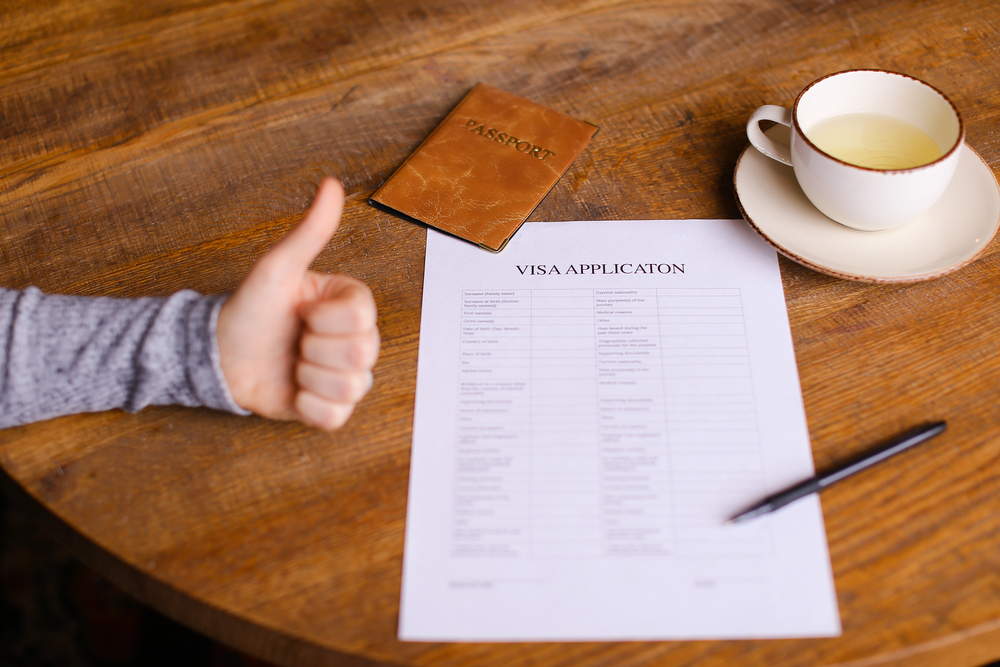
Processing times can stretch unexpectedly, especially during peak seasons. Even if you’re not travelling soon, it’s smart to apply at least three months before any planned trip.
That extra time helps if documents get delayed or returned for corrections.
Use a Certified Passport Photo Service
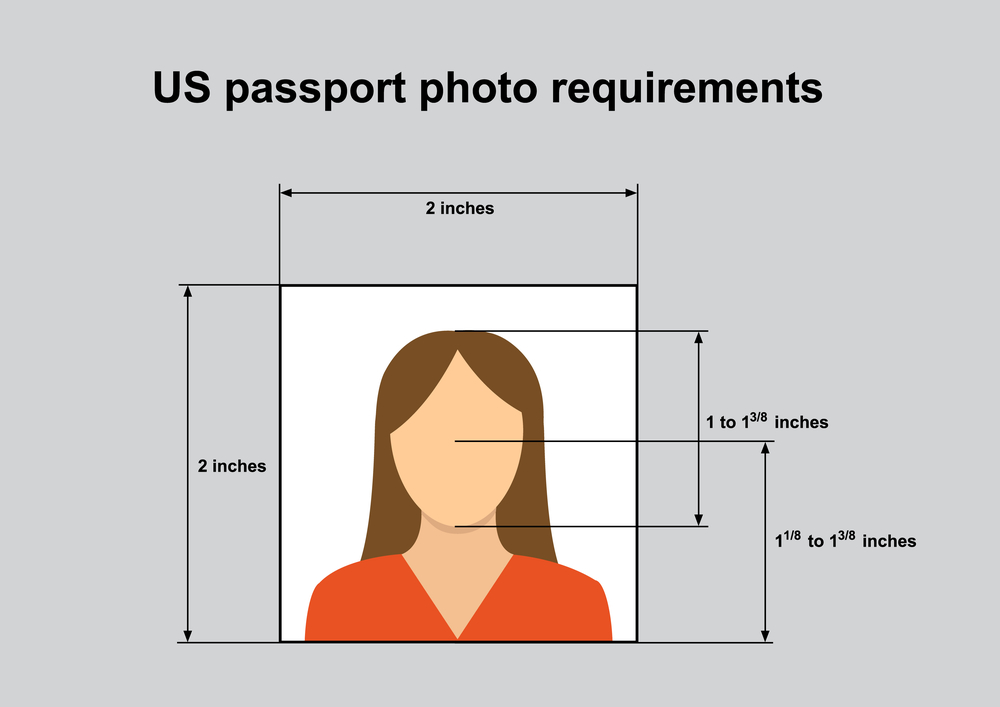
Don’t risk getting your application rejected because of a bad photo. Avoid selfies or random booth shots—go to a pharmacy, shipping store, or post office that offers passport photo services.
They know the requirements down to the pixel.
Like Travel Pug’s content? Follow us on MSN.
Double-Check Your Application Details
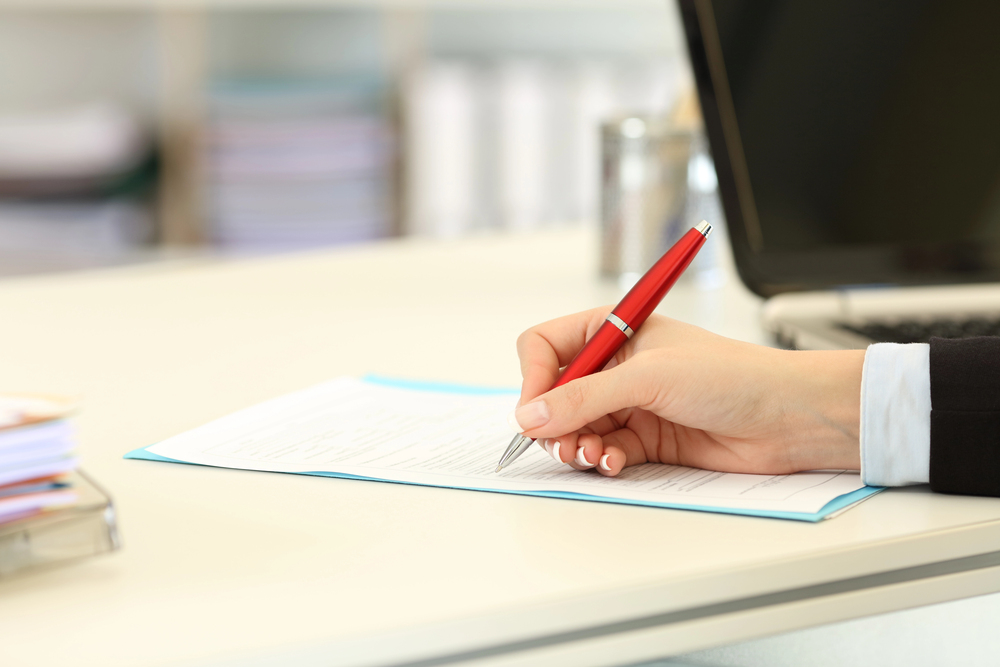
Small mistakes—like a typo in your name or a wrong birth date—can lead to long delays. Review every section carefully before submitting.
Print clearly if you’re using a paper form, and match your details exactly to your birth certificate and ID.
Sign Only When Told To
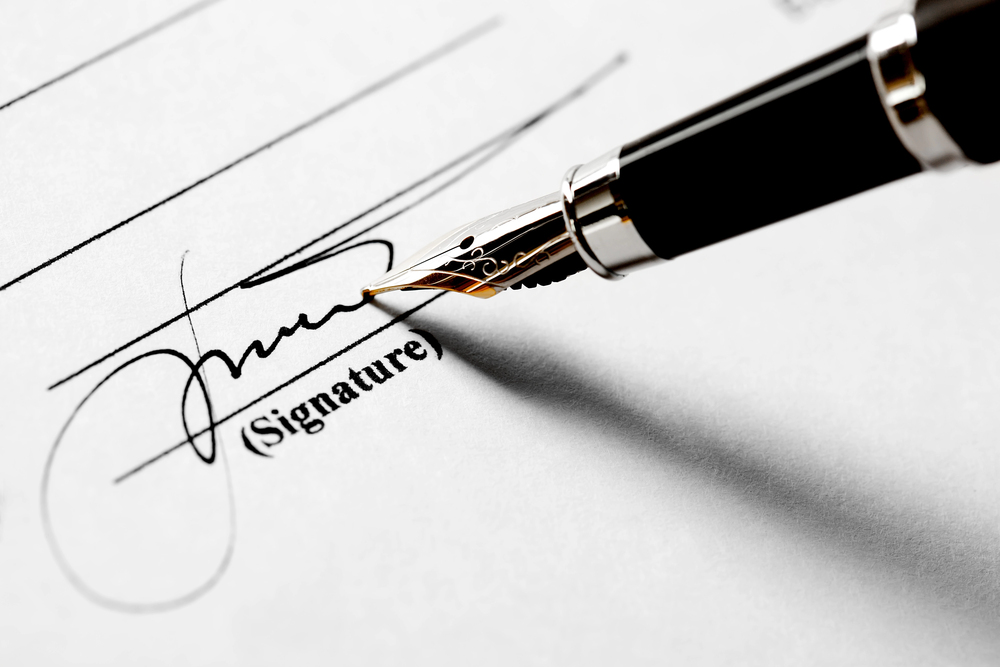
One of the most common mistakes? Signing the form too early. Some forms must be signed in the presence of an official.
Check the instructions to avoid invalidating your application before it even gets submitted.
Choose the Passport Book, Not Just the Card
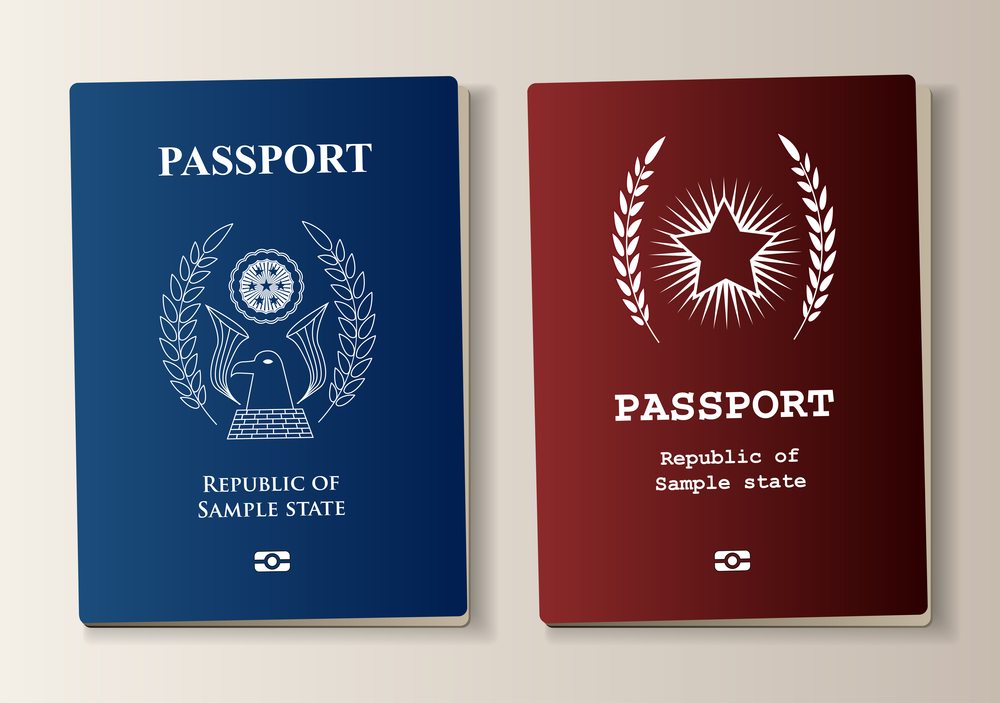
The passport card is cheaper, but it only works for land and sea travel to Canada, Mexico, and some Caribbean countries. For international flights, you’ll need the full passport book. If you’re unsure, get both—they can be used together.
Like Travel Pug’s content? Follow us on MSN.
Make Copies Before Travelling

Keep both a printed and digital copy of your passport. If you lose the original abroad, having a copy makes replacing it faster at your embassy.
Store one in your luggage, one with a trusted person back home, and one on your phone or email.
Know the Six-Month Rule
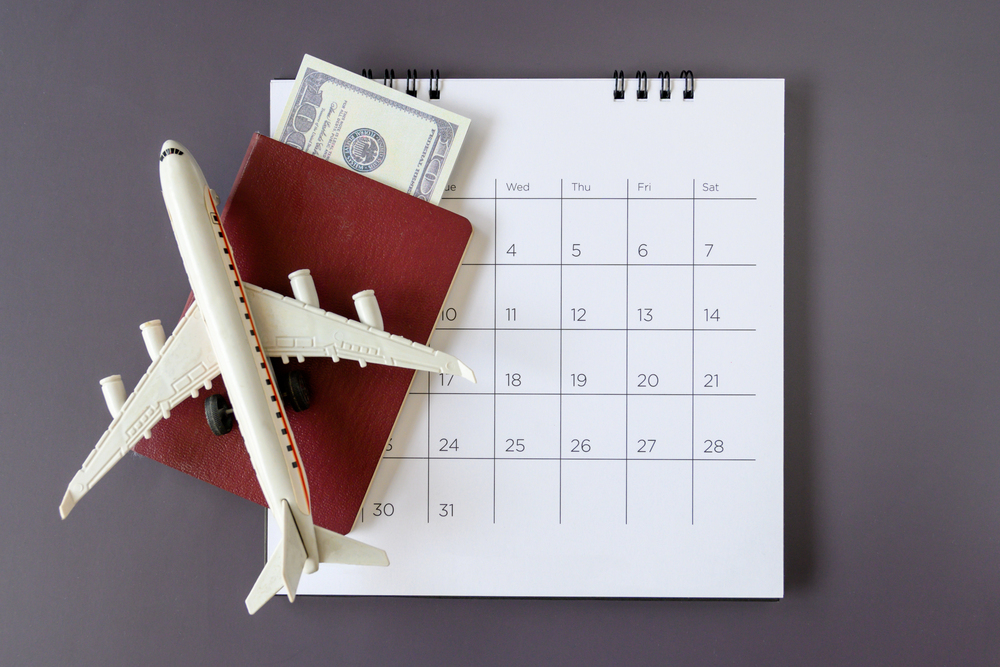
Many countries require your passport to be valid for at least six months beyond your travel dates. Even if your passport isn’t expiring soon, check this rule before booking tickets.
Airlines may deny boarding if you don’t meet this requirement.
Sign It as Soon as You Get It
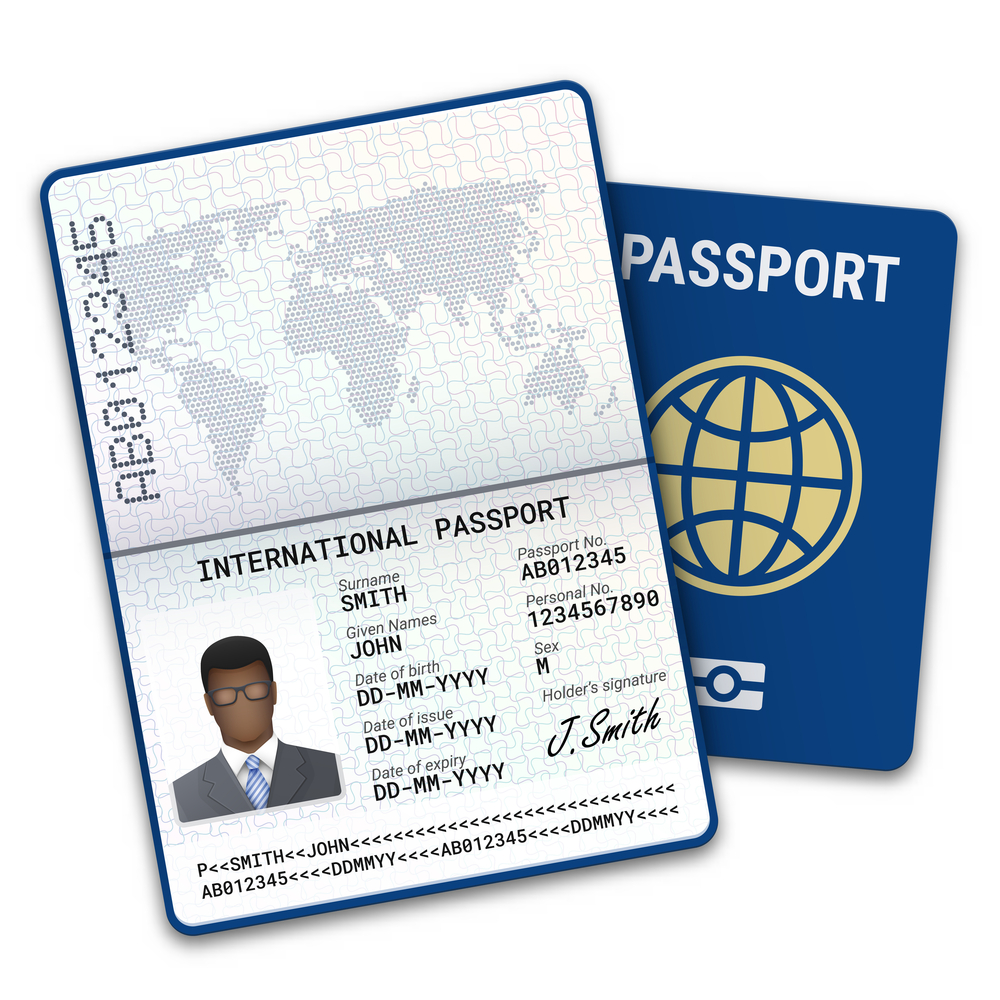
Once it arrives, the first thing you should do is sign it—there’s a line right inside the front cover. An unsigned passport may be considered invalid by some countries or security agents.
Like Travel Pug’s content? Follow us on MSN.
Use a Travel Wallet or Holder
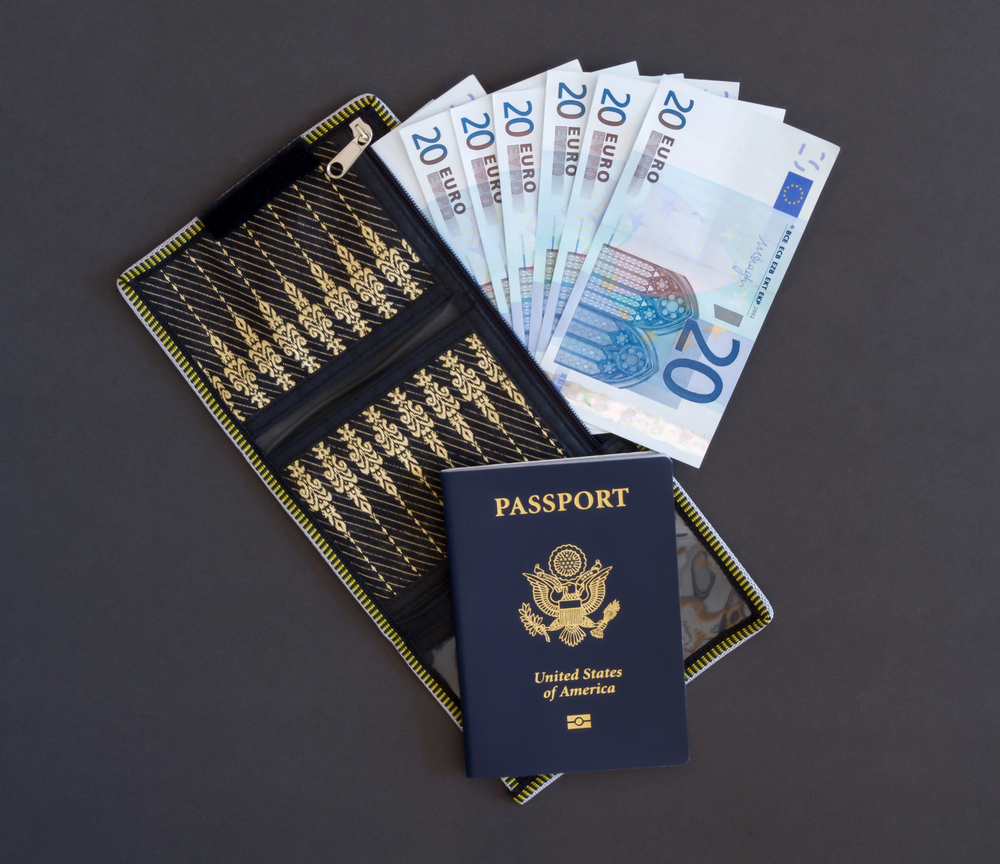
Passports can wear down quickly if stuffed into backpacks or pockets. A slim holder keeps it protected and easy to access.
Bonus if it has room for boarding passes, customs forms, or your vaccine card.
Watch Out for Stamps and Stickers
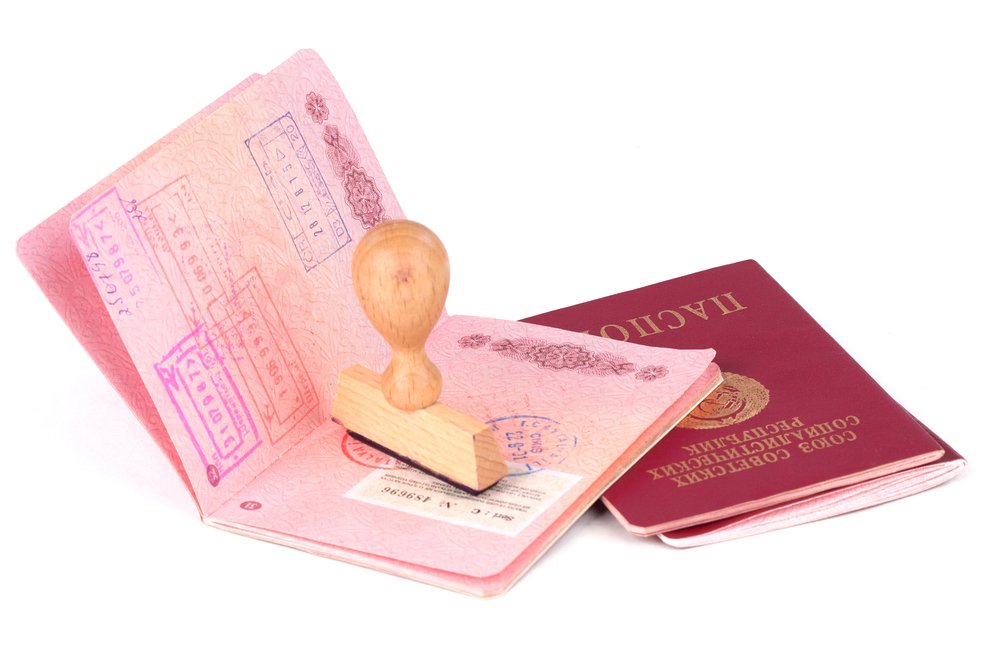
Some countries’ visa stamps may raise questions when entering certain nations. For example, an Israel entry stamp can cause issues when travelling to some Middle Eastern countries.
Ask immigration officials to stamp a separate page if that’s a concern.
Always Carry It with You at the Airport

It sounds basic, but you’d be surprised how many people pack their passports in checked luggage or leave them in the hotel. Keep it in your carry-on or personal item so it’s always within reach during travel days.
Like Travel Pug’s content? Follow us on MSN.
Check Visa Requirements Early
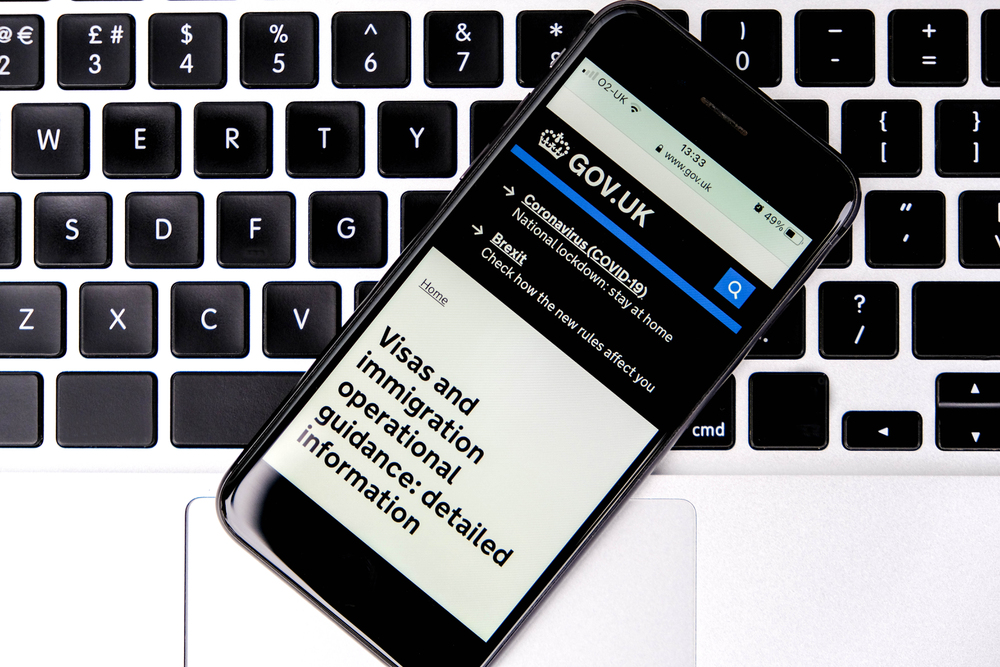
A passport lets you travel, but it doesn’t guarantee entry. Some countries require visas, and the process can take weeks.
Use official embassy websites to check requirements, and don’t rely on random travel blogs for that info.
Don’t Laminate or Alter It
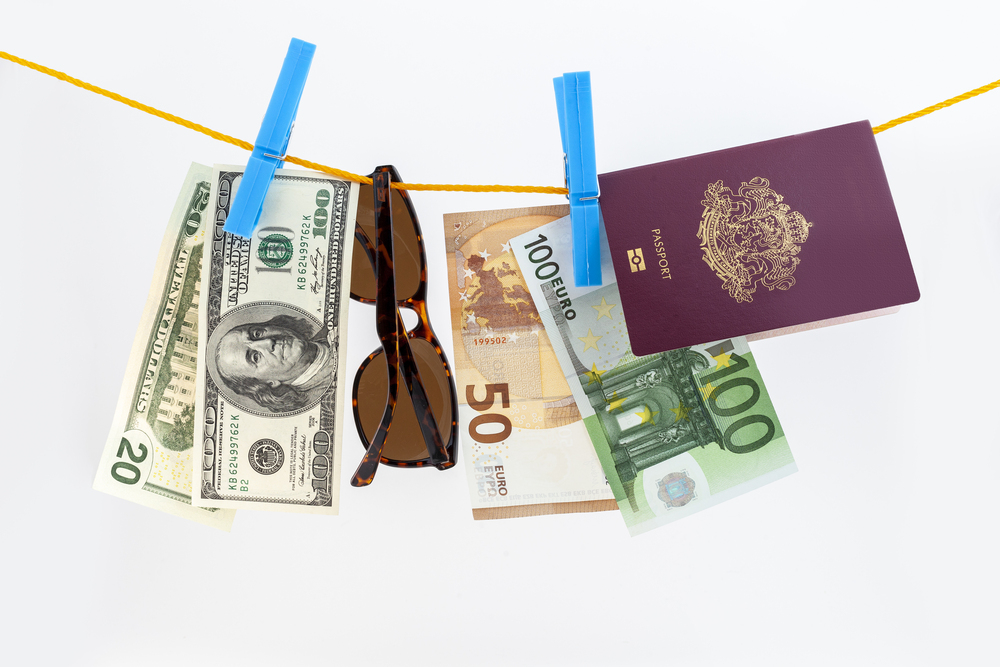
Trying to ‘protect’ your passport with lamination can make it unusable. Any physical changes—even a bent corner or water damage—can get it flagged. Keep it safe and dry, but never tamper with its pages.
Update Emergency Contact Info
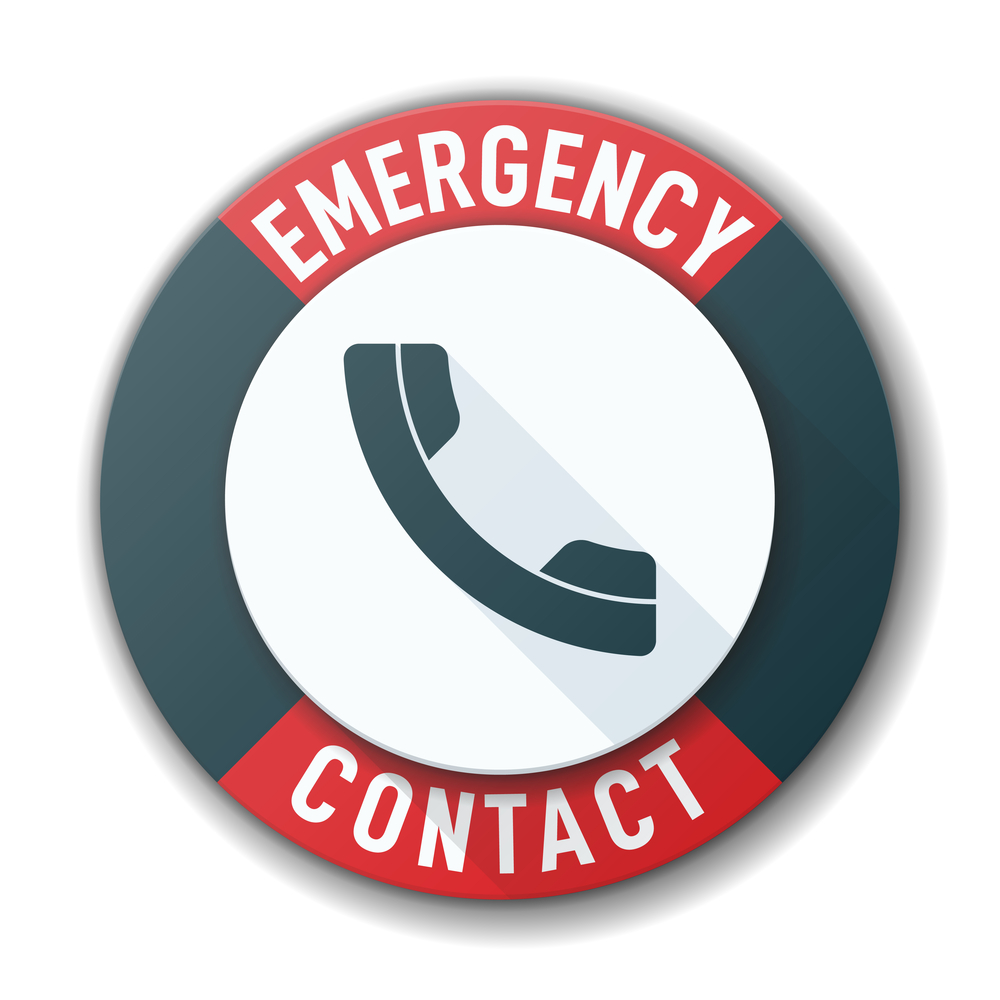
There’s a section inside your passport for emergency contacts. Fill it in using permanent ink. If something happens while abroad, this helps local authorities or embassy staff reach someone on your behalf.monocletophat123 .
Like Travel Pug’s content? Follow us on MSN.
Scan the Entry/Exit Stamps
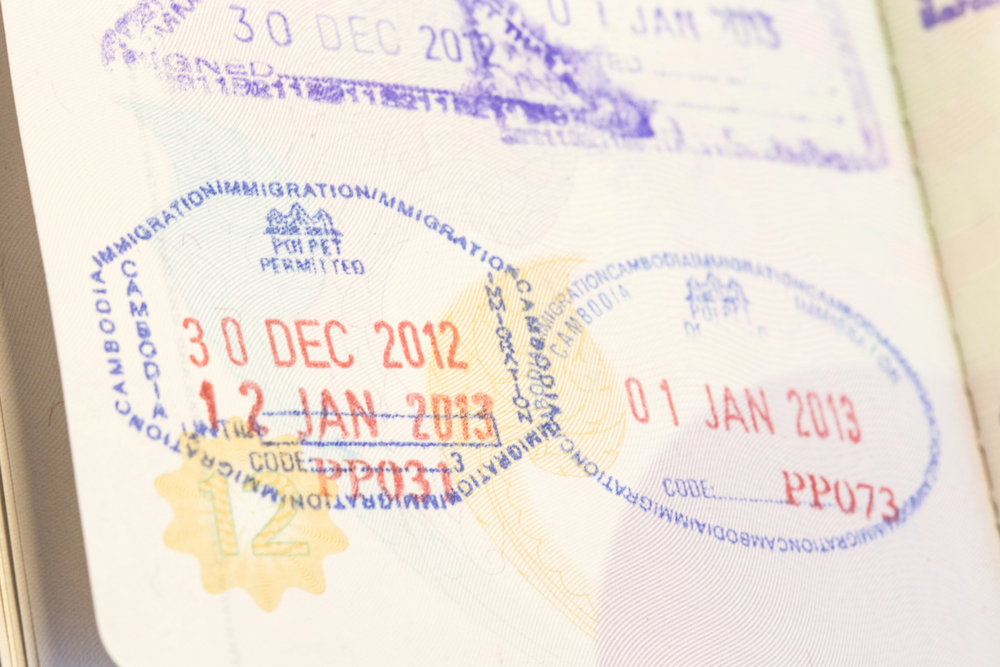
When entering or leaving a country, border agents will often stamp your passport with the date. Always check to make sure they did—it’s proof you entered legally and may be required for your return or visa renewals.
Renew Before It Expires
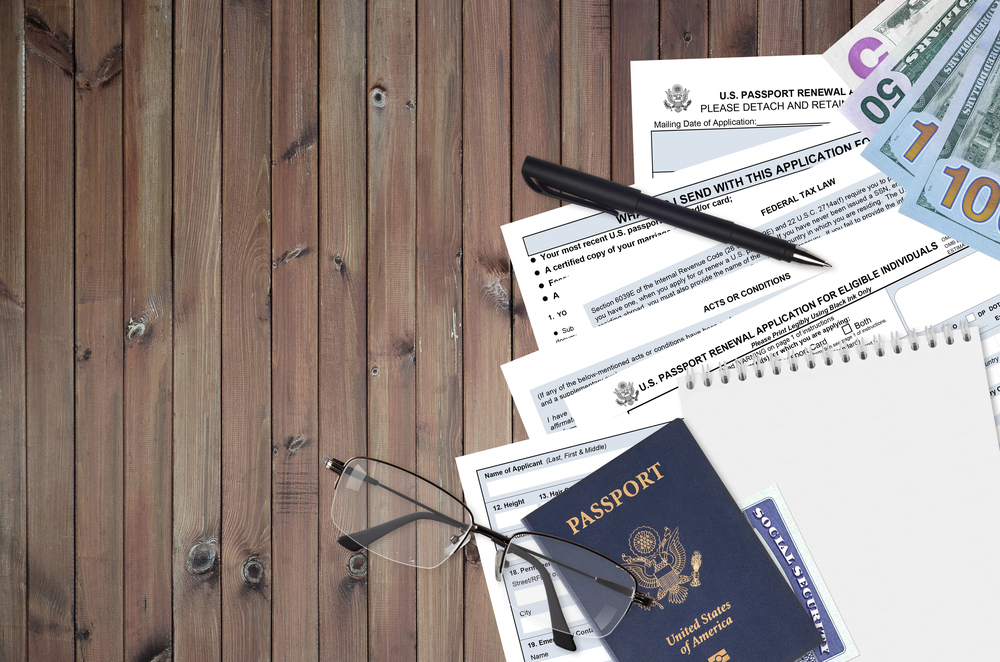
You can usually renew your passport by mail if it hasn’t expired for too long. Don’t wait until the last second. Renewing early avoids rush fees and keeps your travel plans flexible.
Keep It in the Hotel Safe When Not Needed
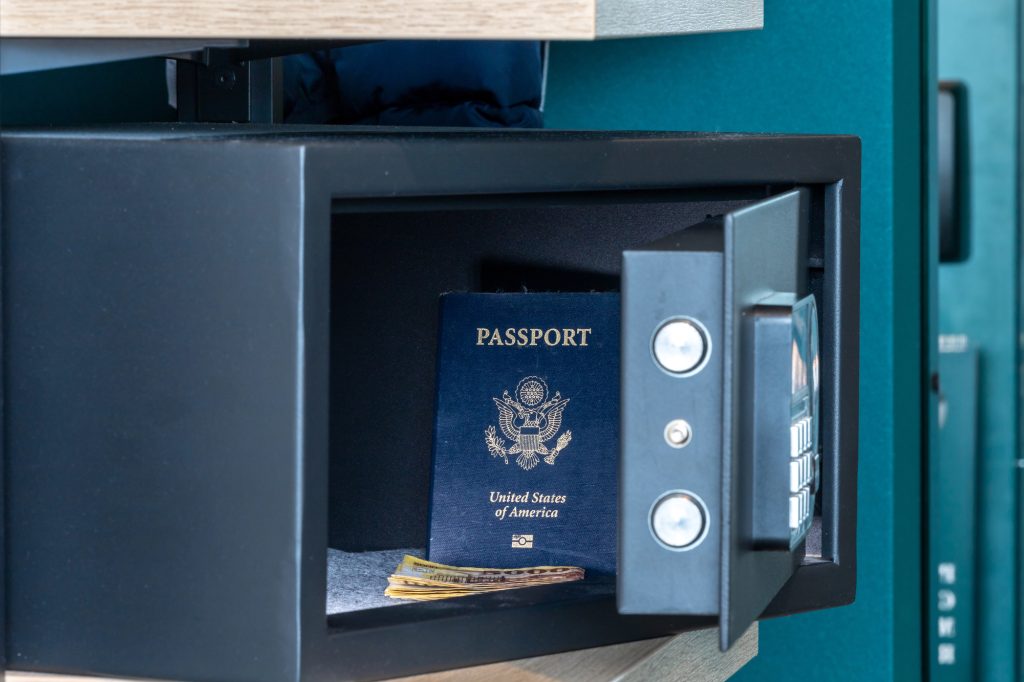
When exploring a new city, you often don’t need to carry your passport with you. Lock it in the hotel safe and carry a photocopy instead. Losing it during a day out can derail the rest of your trip.
Like Travel Pug’s content? Follow us on MSN.
Know Where Your Embassy Is
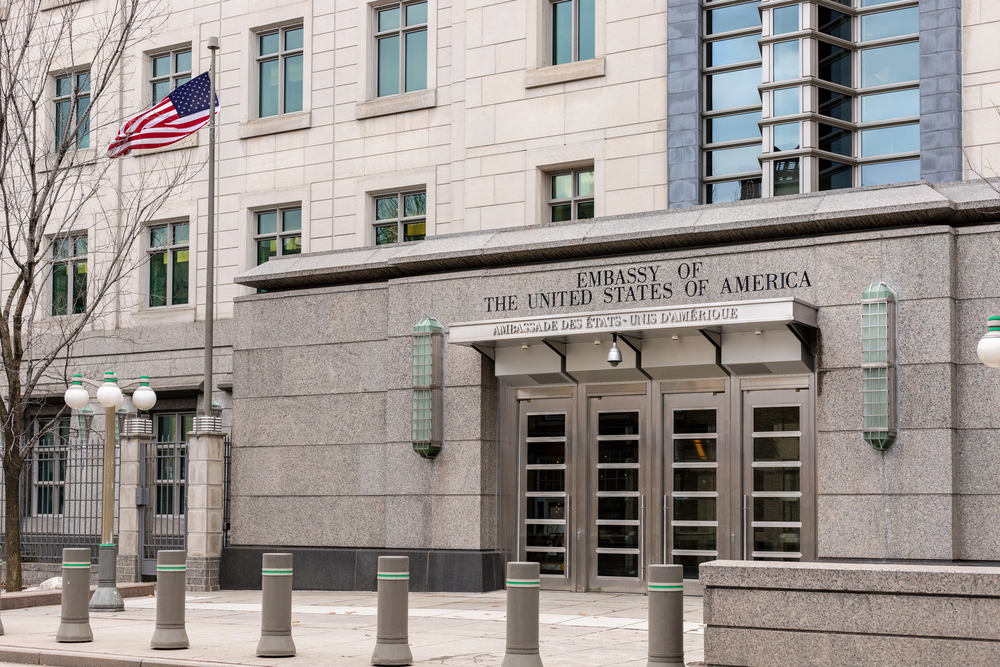
Before travelling, look up your country’s embassy or consulate in your destination. If your passport gets stolen, that’s where you’ll need to go. Save their address and contact info in your phone, just in case.
Your Passport Is More Than a Travel Document
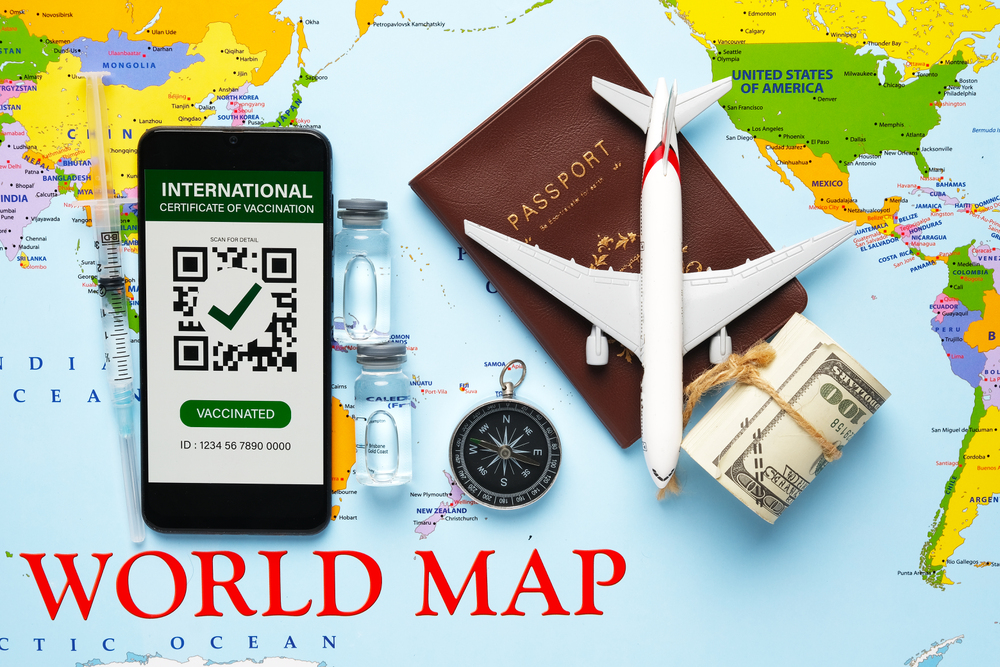
A passport isn’t just an ID—it’s your ticket to the wider world. But it also comes with responsibility. Knowing the basics keeps you safe, saves time, and makes your first few trips smoother. Once you’ve got the hang of it, that little booklet starts to feel like a key that unlocks adventure, opportunity, and a new kind of freedom.
More from Travel Pug

- 20 Best Beach Towns in the Carolinas
- 13 Destinations Where Tourists Regularly Regret Their Trip
- 20 Things You Actually Get in First Class
- 20 Small Airports With Aviation Museums
- 20 Places in the U.S. That Are Perfect for a Reset Trip
Like Travel Pug’s content? Follow us on MSN.
